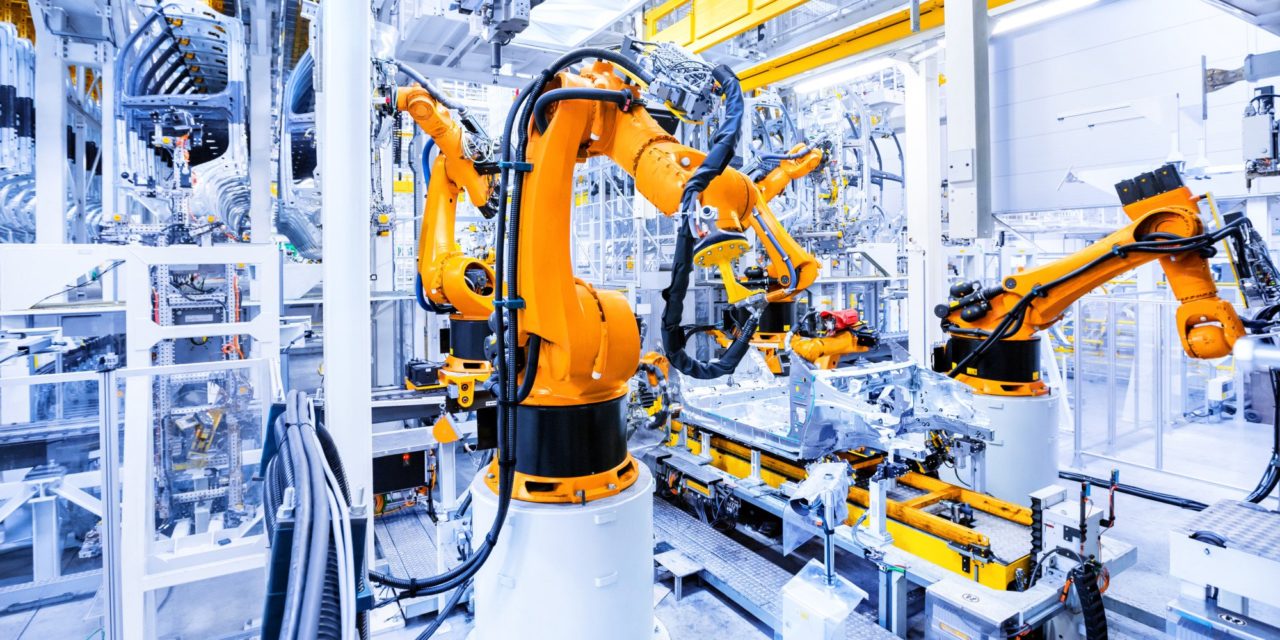In the ever-evolving landscape of technology, the future holds boundless possibilities for the integration and advancement of Automatic Robot Processes (ARPs). As we stand at the threshold of a new era, the role of ARPs is poised to transcend traditional boundaries, reshaping industries and redefining the way we approach automation. The synergy between artificial intelligence, machine learning, and robotics is paving the way for a future where ARPs not only streamline repetitive tasks but also contribute to innovation and creativity in unprecedented ways.
One of the key drivers of the future of ARPs lies in their enhanced cognitive abilities. The integration of advanced machine learning algorithms enables robots to learn from experience, adapt to changing circumstances, and make decisions with a level of nuance that was once thought to be exclusive to human intelligence. This cognitive leap empowers ARPs to tackle complex tasks in dynamic environments, making them indispensable in sectors such as manufacturing, healthcare, and logistics.
Furthermore, the collaboration between humans and ARPs is set to redefine the workplace. Rather than replacing jobs, ARPs are increasingly being designed to complement human skills, augmenting productivity and efficiency. In the future, we can expect to see a harmonious blend of human creativity and robotic precision, with ARPs handling routine tasks, allowing humans to focus on strategic thinking, problem-solving, and innovation.
The advent of swarm robotics is another frontier that promises to revolutionize ARPs. Inspired by the collective behavior of social insects, swarm robotics involves the coordination of multiple robots working collaboratively towards a common goal. This approach amplifies the capabilities of individual robots, enabling them to accomplish tasks that would be challenging or impossible for a single entity. The future of ARPs may witness the emergence of interconnected swarms, transforming industries by enhancing scalability, flexibility, and adaptability.
As ARPs become more prevalent, cybersecurity will play a pivotal role in ensuring the integrity and safety of automated systems. The future demands robust measures to safeguard against potential vulnerabilities and cyber threats that may compromise the functioning of ARPs. Incorporating advanced encryption, authentication protocols, and continuous monitoring will be essential in securing the interconnected web of automated processes.
The integration of ARPs into our daily lives is also set to redefine consumer experiences. From smart homes that anticipate our needs to personalized healthcare delivered by robotic assistants, the future promises a seamless integration of ARPs into various facets of our lives. This shift will not only enhance convenience but also open up new possibilities for accessibility and inclusivity.
In conclusion, the future of Automatic Robot Processes is a tapestry woven with innovation, collaboration, and unprecedented possibilities. As we navigate this transformative journey, it is crucial to embrace the potential of ARPs as partners in progress, amplifying our capabilities and reshaping the landscape of automation. The fusion of artificial intelligence, machine learning, and robotics is poised to unlock new dimensions of efficiency, creativity, and collaboration, ushering in an era where the synergy between humans and ARPs defines the pinnacle of technological achievement.


